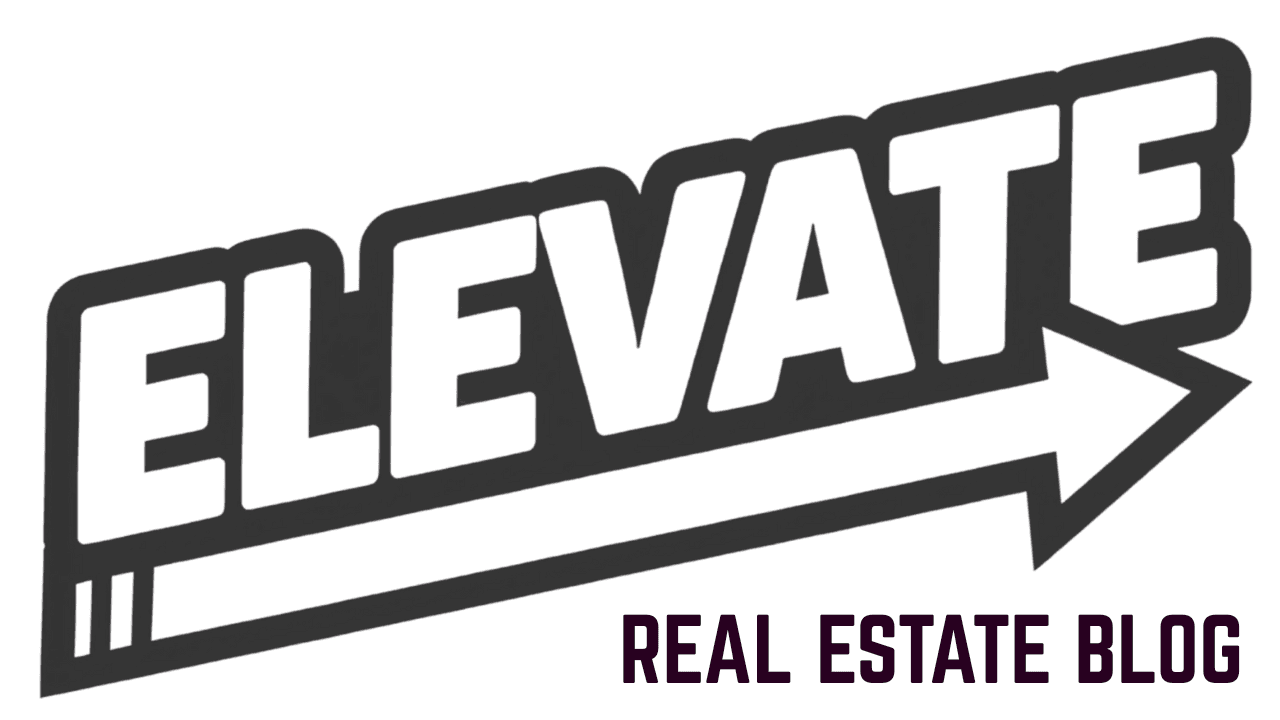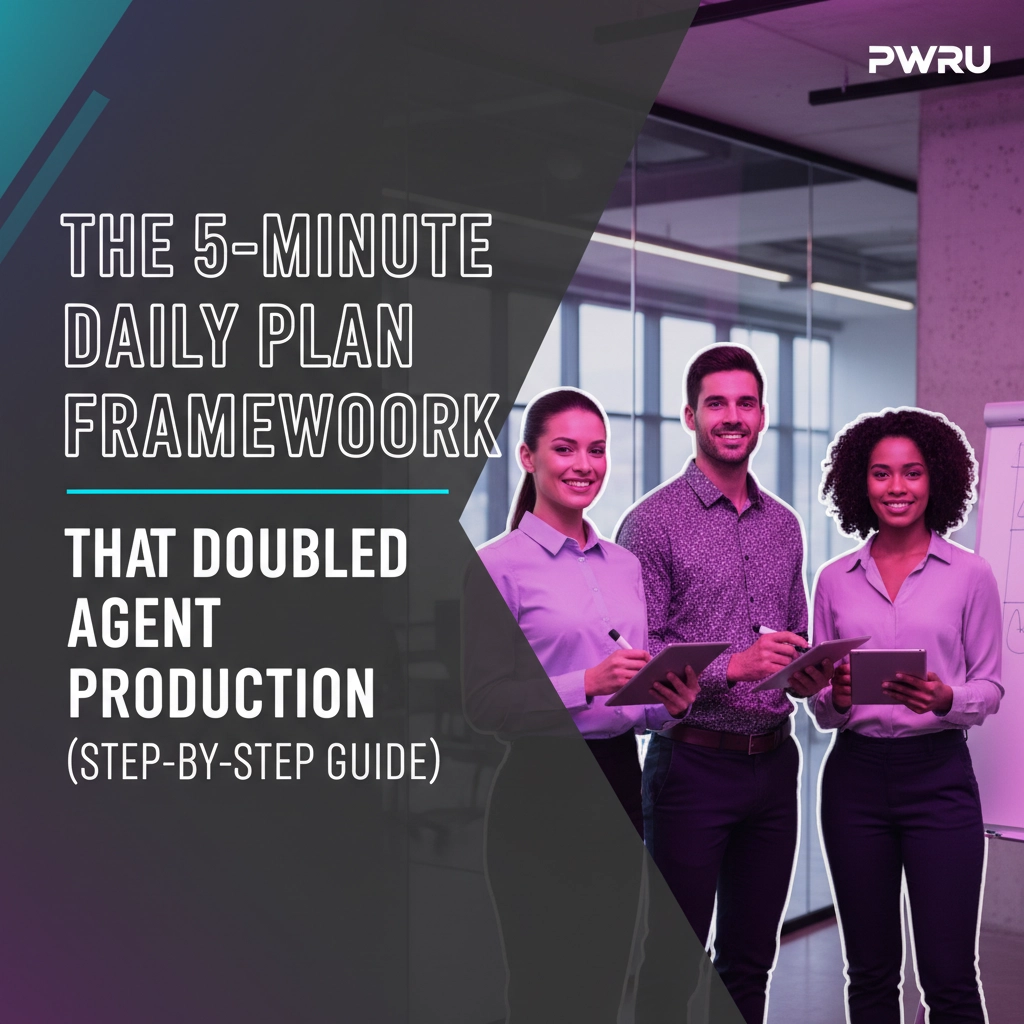Your personal brand determines whether clients choose you or your competitor. In real estate, trust drives transactions. A strong personal brand builds that trust before clients even meet you.
Most agents blend into the background. They use generic marketing materials and copy what everyone else does. This approach fails because clients cannot distinguish one agent from another.
Personal branding solves this problem. It positions you as the clear choice for specific client types. When done correctly, clients seek you out instead of you chasing them.
Why Personal Branding Matters in Real Estate
Real estate operates on referrals and repeat business. Your reputation precedes every interaction. A defined personal brand creates instant recognition and recall.
Consider these statistics. Agents with strong personal brands generate 40% more referrals than those without. They also command higher commission rates because clients perceive greater value.
Personal branding also filters prospects. When you clearly communicate your expertise and approach, you attract clients who align with your methods. This reduces friction and increases satisfaction for both parties.

Foundation Elements of Your Brand
Define Your Core Values
Start with why you became an agent. Write this reason in two sentences or less. Avoid generic answers like "helping people." Be specific about what drives you.
Your values differentiate you from competitors. If you prioritize thorough market research, emphasize this. If you excel at negotiation, make this central to your brand.
Document these values. Reference them when creating content or making business decisions. Consistency reinforces your brand message.
Identify Your Unique Value Proposition
Your unique value proposition answers one question: Why should clients choose you?
Maybe you specialize in luxury properties. Perhaps you focus on first-time buyers. You might excel in specific neighborhoods or property types.
Whatever sets you apart becomes your positioning. Own this distinction completely. Partial differentiation creates confusion.
Know Your Target Audience
Generic messaging reaches no one effectively. Identify your ideal client profile. Consider demographics, preferences, and pain points.
First-time buyers need education and patience. Luxury clients expect white-glove service and discretion. Investors want speed and market insights.
Tailor your brand messaging to speak directly to your chosen audience. This focus attracts the right clients while repelling poor fits.
Visual Brand Components
Professional Photography
Your face builds trust. Clients want to know who represents them. Use professional headshots across all marketing materials.
Consistency matters here. Use the same photo style and quality level everywhere. This creates recognition and professionalism.
Update photos every two years. Outdated images damage credibility when clients meet you in person.
Logo and Color Scheme
Create a simple, memorable logo. Avoid complex designs that don't reproduce well at small sizes. Your logo should work on business cards and billboards equally.
Choose two to three brand colors. Use these consistently across all materials. Color psychology influences perception, so research meanings before deciding.
Document your visual standards in a brand guide. This ensures consistency as your marketing materials expand.

Marketing Materials
Design templates for common materials. Business cards, property flyers, and social media graphics should share visual elements.
Professional design matters. Poor graphics suggest poor service quality. Invest in quality design or hire professionals.
Maintain template consistency while customizing content for specific properties or clients.
Digital Brand Building
Website Development
Your website serves as your digital headquarters. Include essential pages: about, services, listings, and contact information.
Write compelling copy that reflects your brand voice. Use client testimonials and success stories as social proof.
Optimize for mobile devices. Most clients browse on phones. A poor mobile experience damages your professional image.
Social Media Strategy
Choose platforms where your target clients spend time. LinkedIn works well for luxury and commercial markets. Instagram appeals to younger buyers and sellers.
Share valuable content regularly. Market updates, neighborhood spotlights, and home maintenance tips demonstrate expertise.
Engage authentically with followers. Respond to comments and messages promptly. Social media requires consistent presence, not occasional posting.
Content Creation
Publish helpful content that showcases expertise. Blog posts about local market trends establish authority. Video property tours highlight your marketing skills.
Address common client questions through content. This positions you as a resource before clients even contact you.
Modern tools like Pulse Intelligence can help agents track market insights and create data-driven content that resonates with potential clients.

Offline Brand Building
Networking Strategy
Attend industry events and community functions. Build relationships with other professionals who serve your target market.
Join relevant associations and organizations. Active participation creates visibility and credibility within professional circles.
Follow up consistently with new contacts. Strong relationships require ongoing cultivation, not just initial meetings.
Community Involvement
Participate in local events and causes. Sponsor community activities that align with your values and target market.
Volunteer for boards or committees. Leadership positions create authority and visibility within your market area.
Choose involvement based on genuine interest, not just marketing potential. Authentic engagement produces better results than calculated appearances.
Print Marketing
Design professional print materials that reflect your brand standards. Business cards, brochures, and mailers should share consistent visual elements.
Include clear contact information and value propositions. Make it easy for prospects to reach you and understand your services.
Track print marketing effectiveness. Measure responses to optimize future campaigns and budget allocation.
Brand Message Development
Elevator Pitch Creation
Develop a concise introduction that communicates your value proposition. Practice delivering this naturally in various situations.
Include specific details about your expertise and approach. Generic introductions create no memorable impression.
Customize your pitch based on the audience. Adjust language and emphasis for different professional contexts.
Talking Points
Create standard responses for common questions and situations. This ensures consistent brand messaging across all interactions.
Practice these talking points until they sound natural. Rehearsed responses should feel conversational, not scripted.
Update talking points as your business evolves. Regular refinement keeps messaging current and relevant.

Measuring Brand Effectiveness
Recognition Metrics
Track brand recognition through referral sources and client feedback. Ask new clients how they discovered you.
Monitor online mentions and search results. Your brand should appear prominently for relevant local searches.
Survey past clients about their perception of your services and differentiation from other agents.
Business Impact
Measure referral rates and repeat business percentages. Strong personal brands generate more repeat and referral clients.
Track average time to close transactions. Efficient processes reflect well on your brand and competence.
Monitor commission rates and fee negotiations. Strong brands command premium pricing with less resistance.
Digital Analytics
Use website analytics to measure traffic and engagement. Track which content resonates most with your audience.
Monitor social media metrics including followers, engagement rates, and click-throughs to your website.
Analyze email open rates and responses to gauge message effectiveness and audience interest levels.
Common Branding Mistakes
Copying Competitors
Avoid mimicking successful agents in your market. Copying creates confusion and dilutes your unique positioning.
Study competitors for inspiration but develop distinct approaches. Differentiation drives client choice in competitive markets.
Inconsistent Messaging
Mixed messages confuse prospects and weaken brand strength. Maintain consistency across all communication channels and materials.
Regular brand audits identify inconsistencies before they damage your reputation. Review materials quarterly for alignment.
Neglecting Online Presence
Poor or absent online presence suggests outdated business practices. Clients research agents online before making contact.
Maintain current information across all digital platforms. Outdated listings or contact information frustrate potential clients.
Implementation Strategy
Building a personal brand requires systematic effort over time. Start with foundational elements like values definition and target audience identification.
Develop visual standards and create core marketing materials. Establish consistent online presence across chosen platforms.
Begin community involvement and networking activities. Build relationships systematically rather than randomly.
Tools like PWRU's comprehensive platform provide agents with data-driven insights and automated systems that support consistent brand building and client communication throughout the process.
Monitor progress regularly and adjust strategies based on results. Personal branding succeeds through persistent, focused effort rather than sporadic campaigns.
Your personal brand becomes your most valuable business asset. Invest the time and resources necessary to build it properly. The return comes through increased referrals, higher conversion rates, and premium pricing power in your market.




